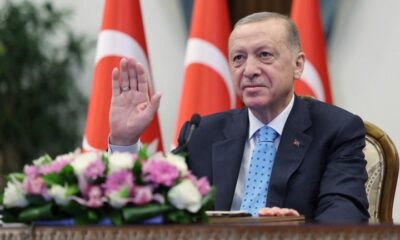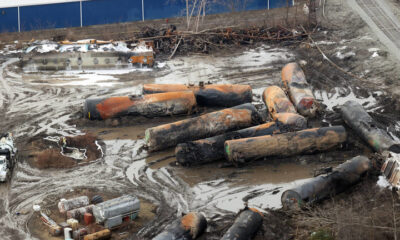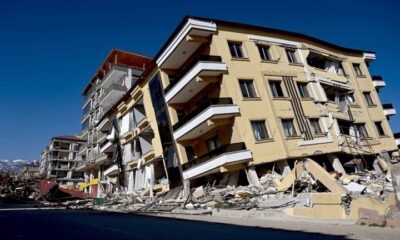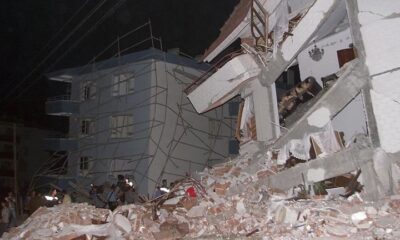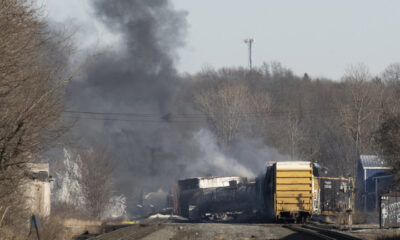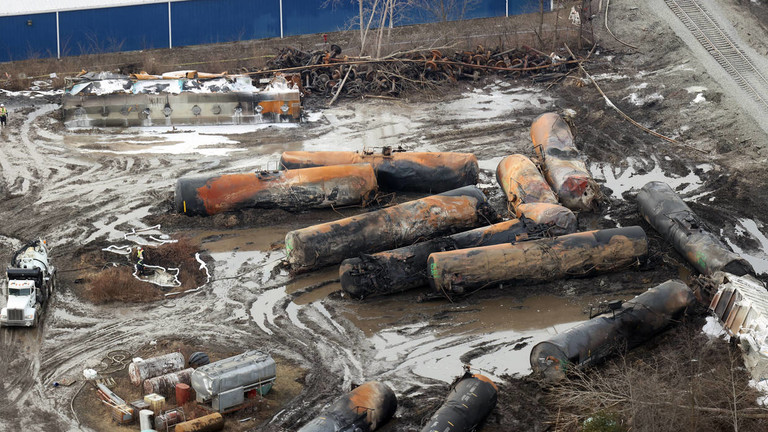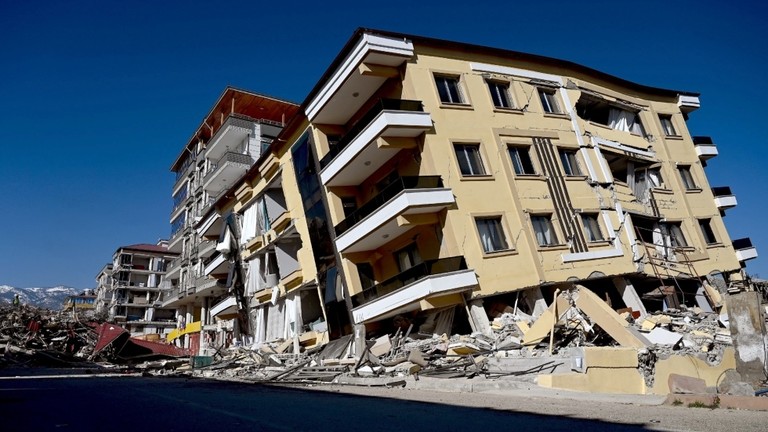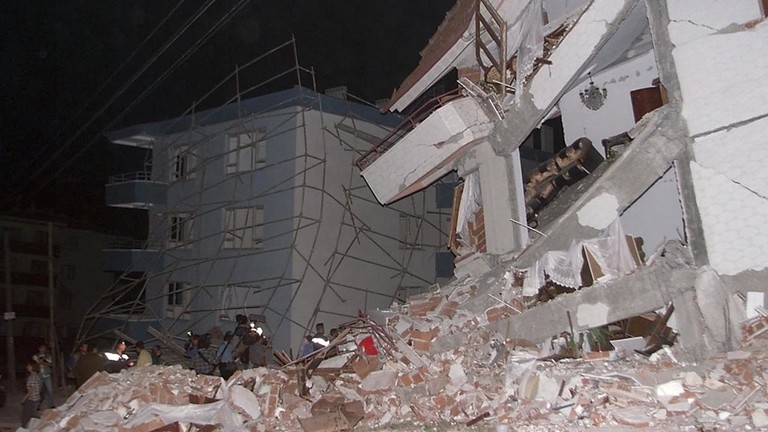Pandemic masks ‘like the biggest experiment in face perception that was ever done’: cognitive neuroscientist
Pandemic mask-wearing is ‘like the biggest experiment in face perception that was ever done,’ according to a York University neuroscientist.
Having trouble recognizing people in a mask? It’s not just you, research shows that even after months of pandemic mask-wearing, they still mess up the brain’s ability to identify faces. But the good news is, it might be making some people seem more attractive.
Nearly a year into the pandemic, remembering to grab your mask before walking out the door may be getting easier, but recognizing your neighbour, co-worker or third cousin when they’re wearing one can still be a bit of a challenge.
With so many people around the globe wearing masks regularly these days, “it’s like the biggest experiment in face perception that was ever done,” said Erez Freud, a cognitive neuroscientist at York University in Toronto.
Freud and his co-authors recently published a study that found the human ability to recognize a face is reduced by about 15 per cent if the person has a mask covering their nose and mouth.
The researchers had nearly 500 people take the Cambridge Face Memory Test, a common measure for determining face perception abilities. Participants viewed online sets of unfamiliar faces, which they later had to spot out of a group of other faces under various challenging visual conditions. For half the participants, the faces had masks digitally added.
The research team found that in 13 per cent of participants, a masked face is enough of an impairment that it causes an effect similar to prosopagnosia, a condition also known as “face blindness.”
Our ability to read faces isn’t just about recognizing each other, it’s also key to social interaction, Freud says.
“One thing that we need to take into account [is] that face perception is probably the most important visual ability that we have. We use face information not only to identify each other, but also to determine their emotion, gender, even intention to some extent.”
Erez Freud, left, a neuroscientist at York University in Toronto, explains to CBC’s Adrienne Arsenault that faces are a crucial element of human interaction. ‘We use face information not only to identify each other, but also to determine their emotion, gender, even intention to some extent.’ (CBC)
Mask-wearing has likely caused people some awkward moments, like wondering why that stranger across the street is waving to them, or who just said hello on the bus. But for some, it can be socially debilitating.
“Those elderly people are isolated for the last year, especially people in long term [care] facilities, [and] they see other people that wear masks all the time …. In older, older ages, face perception abilities are impaired to begin with. So I can’t imagine how they feel now, with the masks on and the isolation — everything comes together to a very difficult time,” Freud said.
Typically when we look at another person’s face, our brain works at lightning speed to compute the distances between the individual features — the nose, eyes, mouth, and other features — all at once to determine who we are looking at. The researchers found a mask disrupts this holistic approach to facial recognition.
“So because of the mask, you tend to focus now on, obviously, the eyes and the individual features instead of their face as a whole,” said Freud.
This gives the brain less information to work with and makes the identification process less efficient.
When people wear masks, Freud said, our focus moves to their eyes when meeting and interacting with them.
It turns out humans aren’t the only ones struggling. Facial recognition software has also been disrupted by mask-wearing.
A July report by the National Institute of Standards and Technology (NIST) found some of the most accurate facial recognition algorithms failed to authenticate faces 0.3 per cent of the time. But when a mask is added, the rate of error increases to about five per cent, and in some cases the algorithms got it wrong up to 50 per cent of the time.
A second report by NIST in November saw some improvement. Newer algorithms developed in recent months are doing much better at identifying masked faces, as developers have adapted their software. But all 65 algorithms included in the report continued to have a higher rate of error when a mask was covering the person’s nose and mouth.
Researchers say that masks may make some people appear more attractive because prominent or asymmetrical features of the lower face are hidden, putting the emphasis on a person’s eyes rather than their face. (Ousama Farag/CBC)
However, new research out of the U.S. may have found a surprising silver lining to masks. They can make us more attractive.
The joint study between the University of Pennsylvania and Temple University College of Health, titled Beauty and the Mask, asked participants to rate the attractiveness of a cross-section of individuals with and without masks. They found about 70 per cent of reportedly “average-looking” people were rated as more attractive when wearing a surgical-style mask.
“What’s likely happening is that the mask is camouflaging either prominent features or asymmetrical features of the lower face,” said David Sarwer, study co-author and clinical psychologist.
“We’re actually seeing those individuals as more attractive, because perhaps those less attractive features are now camouflaged by the face covering.”
U.S. researchers asked participants to rate the attractiveness of a cross-section of individuals with and without masks using photos from a face database. (Temple University’s College of Public Health/University of Pennsylvania)
Another reason is that the eyes, which are left visible, are key markers of facial attractiveness, Sarwer says.
“It’s something that we’re taught at a very young age. As children, we’re taught when we’re talking to somebody to look them right in the eyes. So we’re probably seeing part of the socialization of that, as well as some ingrained biology that’s leading us to be attracted to peoples’ eyes.”
Researchers like Freud say they will continue to study the psychological impacts of mask-wearing, and whether our brains will adapt to the new normal.
And in the meantime, he says masks and patience should go together.
“It’s a difficult time for all of us. We need to be more understanding. We need to be more attentive to other people, and even take into account the fact that they might not recognize us.”


 NEWS5 months ago
NEWS5 months ago
 NEWS5 months ago
NEWS5 months ago
 NEWS5 months ago
NEWS5 months ago
 WAR5 months ago
WAR5 months ago
 FINANCE5 months ago
FINANCE5 months ago
 INVESTMENTS5 months ago
INVESTMENTS5 months ago
 FINANCE5 months ago
FINANCE5 months ago
